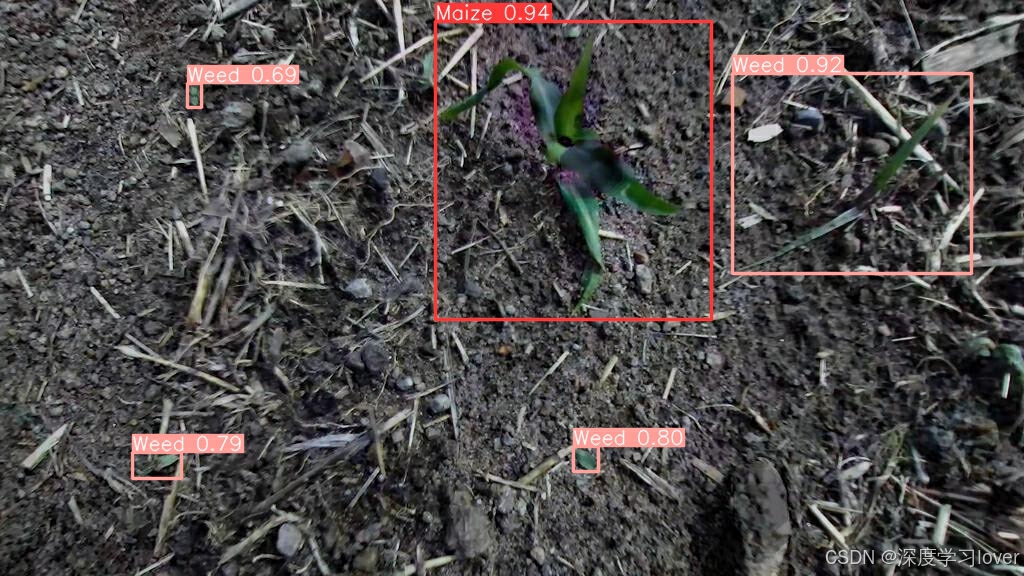#include <iostream>
#include <vector>
#include <unordered_set>
using namespace std;
class Solution1 {
public:
int longestConsecutive(vector<int>& nums) {
// 看样子可以实现,但时间不行,有点慢
// step1 先把nums中的元素放入set中
unordered_set<int> num_set;
for (const int& num: nums){
num_set.insert(num); //这里为什么呢?给我的感觉是重新排序了,其实是弄出来一个set
}
int longestStreak = 0; // 然后遍历这个set,找出最长的连续序列
// step2 遍历set中的元素,找出最长的连续序列
for (const int& num: num_set)
{
int currentNum = num;
int currentStreak = 1;
while (num_set.count(currentNum + 1)) // 这里还是很精妙的,之用currentStreak来记录当前连续序列的长度
{
currentNum += 1;
currentStreak += 1;
}
longestStreak = max(longestStreak, currentStreak);
}
return longestStreak;
}
};
class Solution {
public:
int longestConsecutive(vector<int>& nums) {
unordered_set<int> num_set;
for (const int& num : nums) {
num_set.insert(num);
}
int longestStreak = 0;
for (const int& num : num_set) {
if (!num_set.count(num - 1)) { // 前面没有,说明是新的连续序列的开始,向前追溯能够节省大量的重复,太赞了!
int currentNum = num;
int currentStreak = 1;
while (num_set.count(currentNum + 1)) { // 看下后面是不是能够接上
currentNum += 1;
currentStreak += 1;
}
longestStreak = max(longestStreak, currentStreak); // 选择一个最长的串
}
}
return longestStreak;
}
};
int main()
{
Solution s;
vector<int> nums = {100, 4, 200, 1, 3, 2, 9, 10, 11, 12, 13, 14, 101,102,103,104,105,106};
cout << s.longestConsecutive(nums) << endl;
return 0;
}
这里面用两个方法解决了这个问题,但是第一个方法不太好,时间复杂度高,在真正跑力扣的时候有一个用例会超时,这是因为
当遇到【1,2,3,4,5,7,8,9】
的时候, s1 会 1—>5, 2–>5, 3–>5, 4–>5, 5, 这样子都跑
而s2 仅仅会跑 1—>5 2–> 1 发现在集合里就jump了 同理3–>2, 4–>3 … 太赞了!!!












![HTB:Sightless[WriteUP]](https://i-blog.csdnimg.cn/direct/ebdaea9ce07c45c1b401e4616ee0c723.png)






